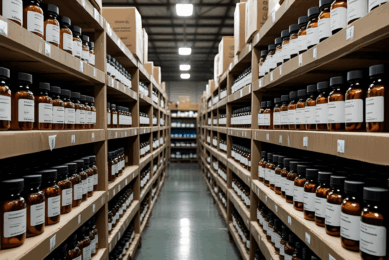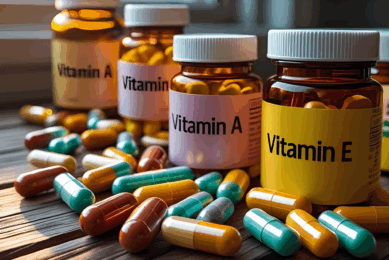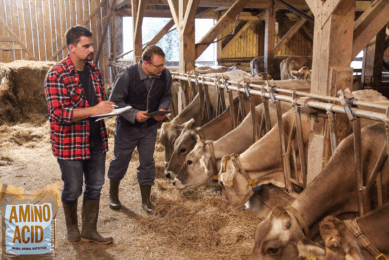Feed additive markets: Q2 overview

Martijn de Cocq, founder of Feed Additive Prices, has analysed the main market drivers and developments for a wide variety of feed grade vitamins and amino acids. In this 2nd quarter overview he has zoomed in on a few relevant market developments which have impacted individual products or a product groups.
Some of the main market drivers and characteristics in the previous months have been container freight rates, supply & demand balances, low feed additive market prices, feed production numbers, energy prices and feed additive stock levels.
Historic price peak
With an historically high price peak in the first half of 2022, container freight rates have been declining on several major trade lanes since then and in Q1 reached nearly 2020 low levels. Imagine the difference between USD$ 10,000 per container early 2022 and USD$ 1000 today, and the impact on the final price/kg for additives. Currently prices have stabilised mostly and longer term an even weaker container is expected by industry experts.
Global oversupply
What has been a red line in the feed additive markets, and still is, is the global oversupply for most products. Due to high raw material costs in 2022, therefore high feed costs, the number of animals (especially pigs) has reduced considerably in several regions and this has led to a significantly lower consumption of additives. At the same time long term capacity projects for vitamins and amino acids came online at the production side, leading to significant oversupply and strongly declining prices.
Early 2022, when the Ukraine situation escalated, a lot compound feed companies and premixers started to conclude long term contracts and high stocks for a wide range of products so they would not be without product, this included feed additives. Throughout 2022 and to a certain extent still in 2023, stock levels are very high and demand was already behind and on top of that inflation also kicked in and reduced consumption. Although stock levels have been much healthier recently, so that is improving now.
Vitamin & amino acid prices hit all-time low
As mentioned, prices for vitamins and amino acids have hit, in some cases, an all-time low. At the same time, the European manufacturers have been facing very high energy prices, driving their cost price up. In terms of those energy prices, there is relief seen in 2023 though.
Low market prices: Not sustainable for producers
So to summarise, the current state of the market for a wide of range of feed additives is not good due to the record low market prices and therefore loss making and ultimately not sustainable for producers who are not able to optimise their cost base. This has for example resulted in several price increase announcements, extended plant maintenance periods or reduction in production output. So far, no significant impact seen on the market prices as a result of that.











